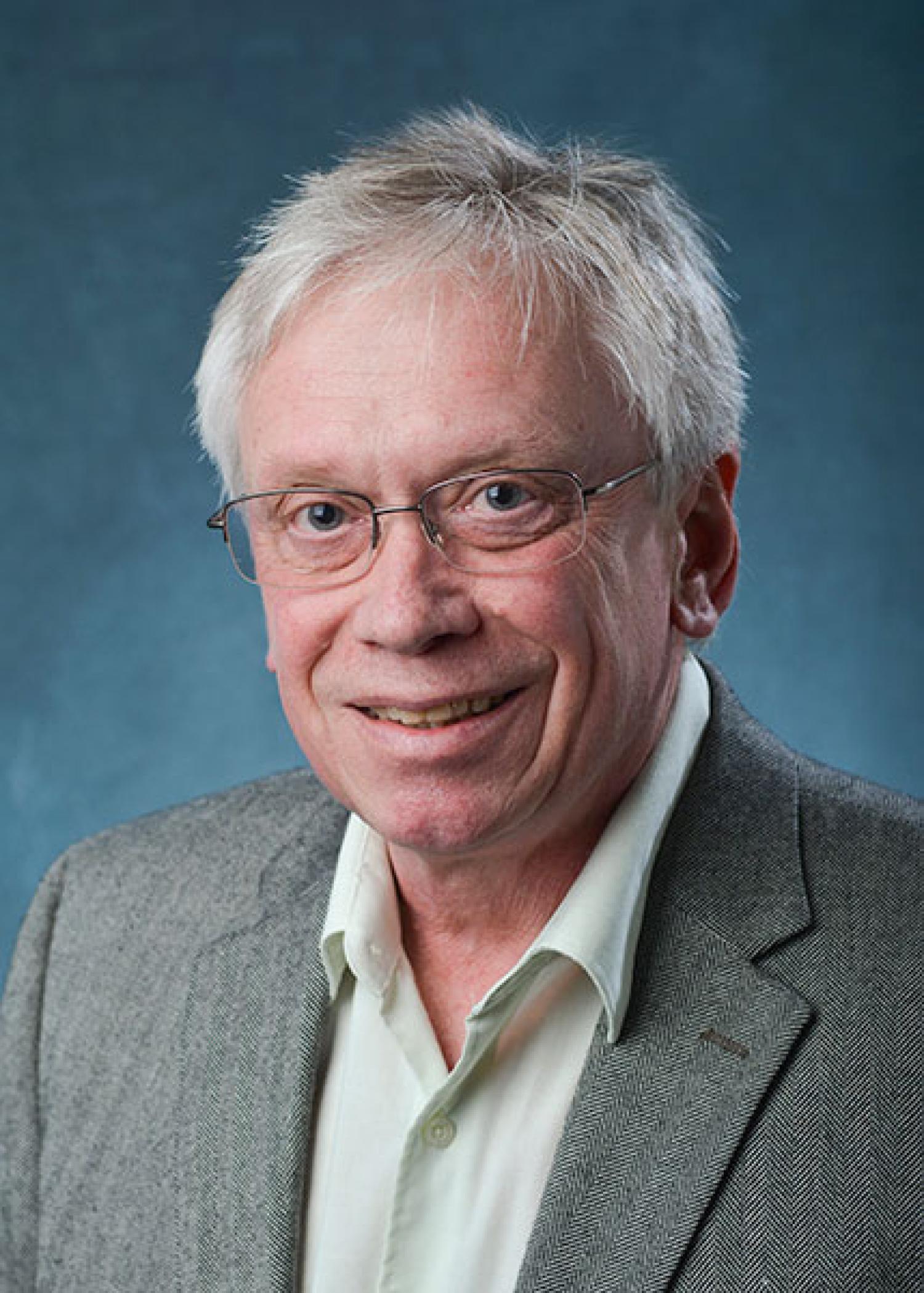Rex T. Skodje
- Professor Emeritus
- CHEMISTRY

Office: Ekeley W145C
Education
Ph.D.: University of Minnesota, 1983
Areas of Expertise
Renewable Energy, Reaction Dynamics, Surface Chemistry, Theoretical Chemistry
Resonances in Chemical Reactions
R.T. Skodje, "Resonances in Bimolecular Chemical Reactions", Advances in Quantum Chemistry, 63, 119-164 (2012).
R. T. Skodje, D. Skouteris, D. E. Manolopoulos, S.-H. Lee, F. Dong, and K. Liu, ”F+HD-->HF+D: A Resonance Mediated Reaction”, Phys. Rev. Lett. 85, 1206-1209 (2000).
M. Qiu, Z. Ren, L. Che, D. Dai, S. A. Harich, X. Wang, X.Yang, C. Xu, D. Xie, M. Gustafsson, R. T. Skodje, Z. Sun, and D. H. Zhang, “Observation of Feshbach Resonances in the F+H2-->HF+H Reaction”, SCIENCE 311, 1440-1443 (2006).
Quantization of the Transition State Bottleneck
M. Gustafsson and R. T. Skodje, “The State-to-State-to-State Model of Direct Chemical Reactions: Application to the D+H2 Reaction”, J. Chem. Phys. 124, 144311 (2006).
R. T. Skodje and X. M. Yang, "The Observation of Quantized Bottleneck States in Chemical Reactions", International Rev. in Phys. Chem., 23, 253-287 (2004).
D. Dai, C. C. Wang, S. A. Harich, X. Yang, S. D. Chao and R. T. Skodje, “Interference of Quantized Transition State Pathways in the H + D2 → D + HD Chemical Reaction”, SCIENCE 300, 1730-1734 (2003).
S. A. Harich, D. Dai, C. C. Wang, X. Yang, S. D. Chao, and R. T. Skodje, “Forward Scattering Due to Slow-Down of the Intermediate in the H+HD-->D+H2 Reaction”, NATURE 419, 281-284 (2002).
Chemical Kinetics
D. D. Y. Zhou, K. L. Han, P. Y. Zhang, L. B. Harding, M. J. Davis, and R. T. Skodje, “Theoretical Determination of the Rate Coefficient for the HO2+HO2-->H2O2+O2 Reaction: Adiabatic Treatment of Anharmonic Torsional Effects”, J. Phys. Chem. A, accepted (2012).
R. T. Skodje, A. S. Tomlin, S. J. Klippenstein, L. B. Harding, and M. J. Davis, “Theoretical Validation of Chemical Kinetic Mechanisms: Combustion of Methanol”, J. Phys. Chem. A. 114, 8286-8301 (2010).
M. J. Davis and R. T. Skodje, “Geometrical Investigation of Low-Dimensional Manifolds in Systems Approaching Equilibrium”, J. Chem. Phys. 111, 859-874 (1999).
Photochemistry, Photo-Catalysis, Water Clusters
Z. C. Kramer, K. Takahashi, and R. T. Skodje, “Water Catalysis and Anticatalysis in Photochemical Reactions: Observation of a Delayed Threshold Effect in the Reaction Quantum Yield”, J. Am. Chem. Soc. (communication) 132, 15154-15157 (2010).
K. Takahashi, K. L. Plath, R. T. Skodje, V. Vaida, “Dynamics of Vibrational Overtone Excited Pyruvic Acid in the Gas Phase: Line Broadening Through Hydrogen-Atom Chattering”, J. Phys. Chem. A 112, 7321-7331 (2008).
Film Growth, Monte Carlo Simulation
D. N. Brunelli and R. T. Skodje, “The Coarsening of Multicomponent Thin Films”, Phys. Rev. B 69, 075406 (2004).


